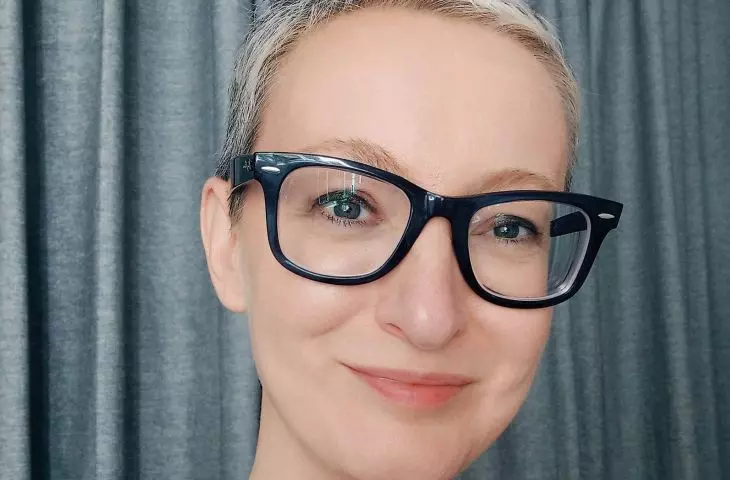The article is from A&B issue 9|23
In your opinion, are there currently any regulations in Polish construction law and technical conditions that are out of step with modern times?
Are there regulations that you think block the introduction of innovative and environmentally friendly solutions, are they unfair, or are there other reasons why they should be changed?
The worse it gets with housing policy in Poland, the more willingly the realization of the housing stock is put into private hands. Hence, there is an increasing ease for individual investors developing single-family houses. The consequences are obvious - suburbanization, spatial chaos, huge costs of implementation and maintenance of infrastructure serving remote locations and even greater dependence on cars. Encouraging rather than discouraging the most land- and energy-intensive development typology. In this case, I have no doubt that the construction law does not correspond to modern conditions.
The second example I can't assess unequivocally negatively. There are technical conditions regulating the required time of insolation of apartments, which during the increasingly severe heat waves is becoming a curse for Polish, usually small, apartments. Lack of ventilation to the space, typical in developer corridors, and several hours of exposure to the sun in summer can mean not only sleepless nights, but also carry serious health consequences. The three hours of sunshine required outside of inner-city areas, after all, applies to the equinoxes, not hot July. I understand, however, that in times of pat-development, the abolition of these regulations could translate into the construction of apartments completely devoid of light.
The third problem has been around forever, but successive revisions of technical conditions completely ignore it. It concerns toilets. How is it possible that the statement "there are always queues for women's toilets" is treated as a natural state of affairs, rather than the result of applying legally defined indicators? Not only are there more "eyes" in men's restrooms, but women take longer to use the restroom and do so more often. This issue has been brought to the attention of many architects and, above all, female architects for years, most recently by Natalia Szczesniak and BAL Architects, among others. There have been petitions, studies and discussions, but still nothing has changed, as if using the toilet is something unimportant or embarrassing. In addition, the restrictive division between women's and men's restrooms doesn't always work, and I'm not just referring to people who don't define themselves within either gender. For example, issues of assisting children or senior(k)s come into play. Not everyone, especially girls and women, feel safe and comfortable in toilets without sharing, so the "all in common" rule is not the golden mean. The problem is that toilets are usually designed in a way that follows directly from the regulations: with a division between men's and women's, and a separate toilet for people with disabilities. Usually only one, although its universality solves many problems. How useful a sink next to the toilet bowl is is well known, especially to those who use menstrual cups. Stoma bags and other medical solutions are not gender-specific, but (statistically) rather age-specific. And as a society, we are aging at a rapid pace and it is good for regulations to take this into account.
Monika Arczynska
Monika Ar czynska - Co-founder of A2P2 architecture & planning, a consulting and design firm involved in, among other things, master plans (Stare Świdry in Warsaw, Imperial Shipyard in Gdansk with HLA and BBGK, Port Praski inWarsaw), public spaces (woonerf in Abrahama Street in Gdynia with NANU, Freedom Square in Lodz with mamArchitekci), pre-design consultancy and participatory activities across the country. She is an assistant professor at Gdansk University of Technology. From 2006 to 2017, she was associated with Heneghan Peng Architects, where she designed public buildings, including the Aga Khan Award-winning Palestine Museum in the West Bank and the Grand Egyptian Museum in Giza. She contributes to architecture magazines in Poland and the Czech Republic.














